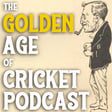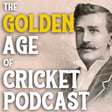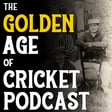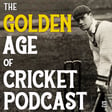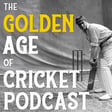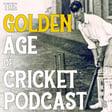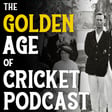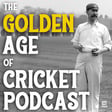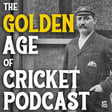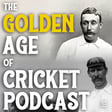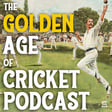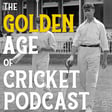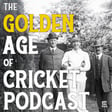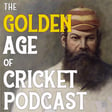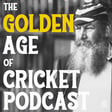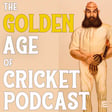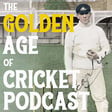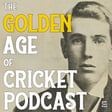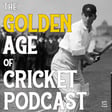
Was it really a Golden Age? – Part 1 – with Tim Wigmore
In this episode, cricket journalist Tim Wigmore joins the podcast to discuss whether the so-called 'Golden Age of Cricket' was exactly that. With host Tom Ford, Tim examines the status of Test cricket prior to the First World War, the evolutions that occurred during that period, and the role technology played in popularising Test cricket.
Tim Wigmore is a sports writer for the Daily Telegraph (UK), and has also written for The Economist and ESPNCricinfo. He is the author of Crickonomics and Cricket 2.0: Inside the T20 Revolution, which won the Wisden Book of the Year in 2020. His latest publication is Test Cricket: A History, and is available here.
Presenter & Producer: Tom Ford
DONATE: You can buy Tom Ford a coffee! Every donation helps with production and inspires Tom to keep the podcast going. You can donate from a little as $5. Visit: buymeacoffee.com/GoldenAgeOfCricket
All music used in podcast comes from the University of California Santa Barbara’s remarkable collection of wax cylinder’s from the late nineteenth and early twentieth centuries, which are free to download and use. You can donate to the upkeep of these recordings via their website.
